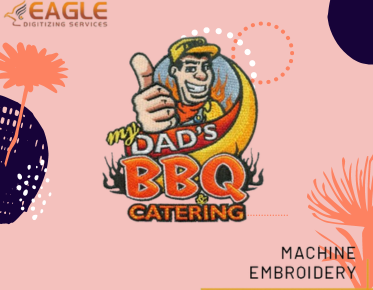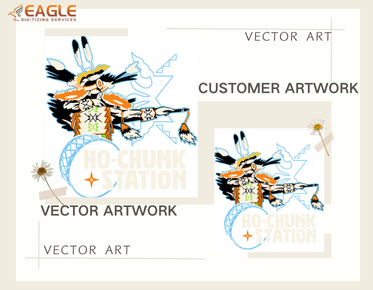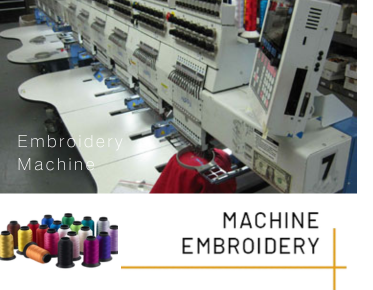Vector vs Raster Images: Which is Better for Embroidery?
Embroidery digitizing is a fascinating blend of art and technology, transforming designs into stitch files that embroidery machines can read. The choice between vector and raster images plays a crucial role in this process. Understanding the differences between these two types of images can significantly impact the quality and efficiency of your embroidery projects.
Understanding Vector and Raster Images
Vector images are composed of paths defined by mathematical equations, which means they can be scaled infinitely without losing quality. This makes them ideal for designs that require precision and scalability, such as logos and text. On the other hand, raster images are made up of pixels, which can become pixelated when enlarged. This is often seen in photographs and complex images with gradients.
Why Vector Images are Preferred for Embroidery
When it comes to embroidery digitizing, vector images are generally preferred. The scalability of vector images ensures that the design maintains its integrity regardless of size adjustments. This is particularly important in embroidery, where precision is key to achieving clean and professional results. Vector images also allow for easier color separation, which is essential for embroidery machines to accurately replicate the design.
Advantages of Vector Images in Embroidery
One of the primary advantages of using vector images in embroidery is the ability to easily edit and manipulate the design. Changes in color, shape, and size can be made without compromising the quality of the image. This flexibility is invaluable for businesses that require frequent updates to their designs or need to customize designs for different applications.
Challenges with Raster Images in Embroidery
While raster images can be used in embroidery, they often require additional processing to be suitable for digitizing. The pixel-based nature of raster images can lead to a loss of detail when resizing, which can affect the final embroidery output. Additionally, converting raster images to a format that embroidery machines can read often involves complex software and can be time-consuming.
When to Use Raster Images
Despite their limitations, raster images can be useful in certain embroidery projects, particularly those involving intricate designs or photographs. However, these images must be carefully prepared and converted into a vector format before digitizing. This process can be facilitated by professional digitizing services that specialize in converting raster images for embroidery.
The Role of Professional Digitizing Services
Professional digitizing services, like those offered by Eagle Digitizing, play a crucial role in ensuring high-quality embroidery outcomes. With over 25 years of experience, Eagle Digitizing provides expert services that include converting artwork into stitch files, minimizing thread breakage, and ensuring smooth sew-outs. Their team of skilled digitizers is adept at handling both vector and raster images, ensuring that each design is optimized for embroidery machines.
Benefits of Using Eagle Digitizing
Eagle Digitizing offers a range of benefits, including quick turnaround times, free revisions, and a commitment to customer satisfaction. Their services are suitable for small to midsize businesses looking to enhance their product offerings with professional embroidery. By choosing a reliable digitizing service, businesses can save time and resources while achieving superior embroidery results.
Conclusion: Making the Right Choice
Choosing between vector and raster images for embroidery depends on the specific needs of your project. For most applications, vector images provide the best results due to their scalability and ease of editing. However, with the right expertise and tools, raster images can also be effectively used in embroidery. As the industry continues to evolve, the integration of advanced digitizing techniques will further enhance the capabilities of embroidery, offering exciting possibilities for creative expression.
As you consider your next embroidery project, think about the type of image that will best suit your needs. Whether you opt for vector or raster, the key is to ensure that your design is properly prepared and digitized. This will not only improve the quality of your embroidery but also open up new opportunities for innovation and creativity in your designs.



